Imagine a space observatory like no other – Aditya-L1, India’s very own Sun watcher, is all set to take off. Its mission? To dive deep into the mysteries of our Sun. But here’s the twist: it won’t just be orbiting the Sun, it’s aiming for a special spot, the Lagrange point 1 (L1) of the Sun-Earth system.
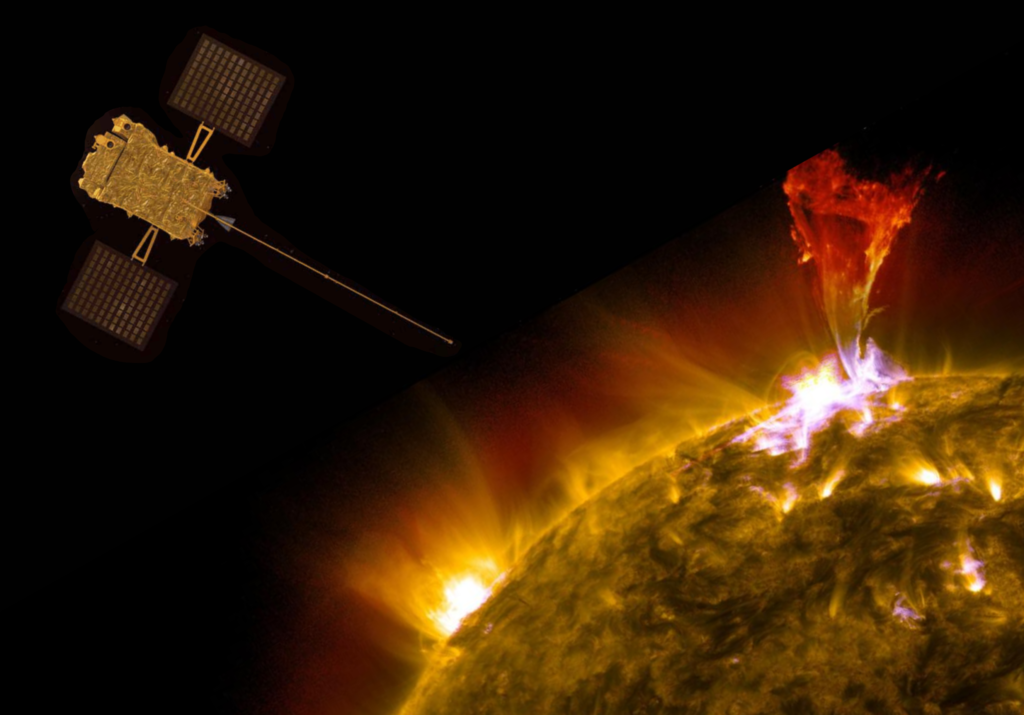
Aditya L1 is India’s pioneering mission focused on exploring the Sun. Developed by the Indian Space Research Organisation (ISRO) in collaboration with various Indian research institutions, this spacecraft is designed to observe the solar atmosphere, magnetic storms, and their effects on our planet.
Timeline
Scheduled for launch on September 2, 2023, aboard a PSLV-XL launch vehicle, Aditya L1 will be positioned approximately 1.5 million km from Earth in a halo orbit around the L1 Lagrange point, situated between the Earth and the Sun. This mission marks India’s first dedicated effort to unravel the mysteries of our nearest star, the Sun.
Aditya L1 Mission Objectives: Exploring the Sun’s Secrets
- Understanding the Sun’s Upper Atmosphere: We want to learn about the dynamics of the Sun’s upper atmosphere, specifically the chromosphere and corona.
- Unlocking Solar Mysteries: We’re delving into questions like how the Sun’s outer layers heat up, the behaviour of the plasma there, and what causes solar eruptions like coronal mass ejections and flares.
- Studying Solar Particles: We’re going up close to the Sun to gather data about the particles and plasma around it, helping us understand their movement.
- Cracking the Coronal Heating Enigma: We’re aiming to decipher the mystery of how the Sun’s outermost layer, the corona, gets so hot.
- Measuring Corona Properties: We’ll be checking the temperature, speed, and density of the coronal plasma and loops.
- Exploring Coronal Mass Ejections (CMEs): We want to learn more about these powerful solar events, including how they form and develop.
- Tracing Solar Eruption Processes: We’ll investigate the sequence of events in the Sun’s layers that lead to solar eruptions.
- Magnetic Field Mapping: We’ll map the Sun’s magnetic field in the corona, which plays a crucial role in solar activity.
- Understanding Space Weather: We’re also studying the origin, composition, and behaviour of the solar wind, which impacts space weather.
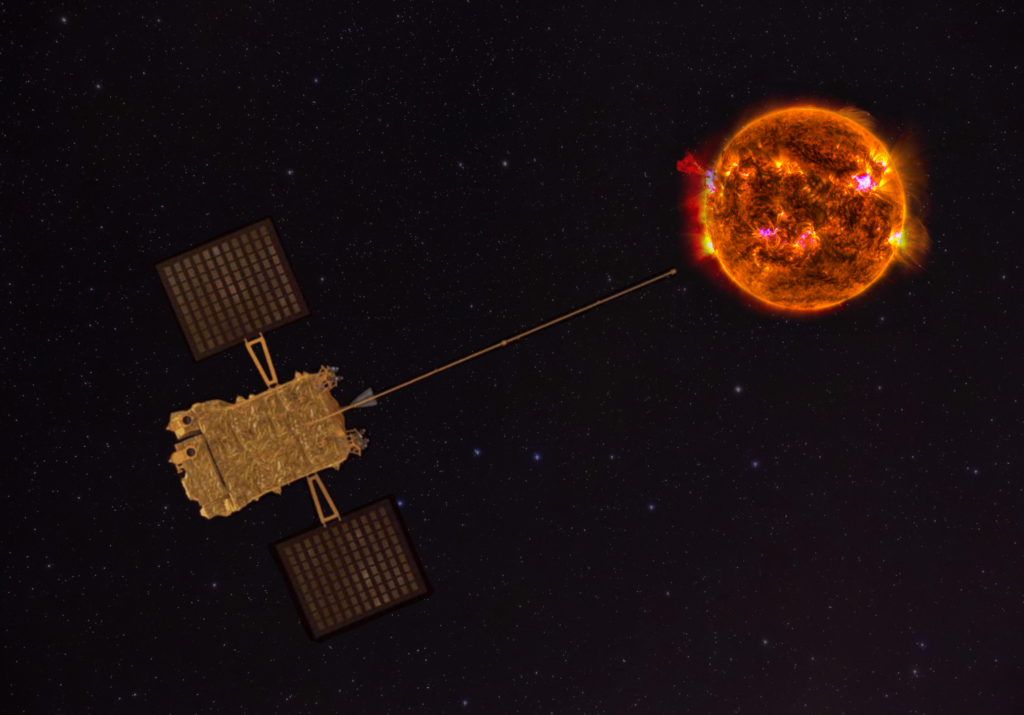
Ever wondered why ISRO is so eager to study the Sun up close and personal?
- Closest Star in Town: The Sun isn’t just any star; it’s our very own neighbourhood star. Being so close, we can examine it in extraordinary detail, unlike far-off stars.
- Studying the Sun Unlocks Stellar Mysteries: By scrutinizing the Sun, scientists gain insights into not just our Sun but also other stars in our Milky Way and beyond, in distant galaxies.
- The Sun’s Explosive Side: The Sun can put on quite a show with its explosive outbursts and immense energy releases. If these solar fireworks head our way, they can disrupt spacecraft and communication systems. That’s why early warnings are crucial to prevent such chaos.
- Protecting Astronauts: If an astronaut were to get too close to these solar outbursts, it could spell danger. Understanding the Sun helps keep our space explorers safe.
- Nature’s Extreme Lab: The Sun is a natural laboratory for studying mind-boggling thermal and magnetic phenomena that are impossible to recreate in a regular lab.
In essence
Aditya-L1 isn’t merely a mission to the Sun; it’s a quest to decode the fundamental processes that shape our solar system, safeguard our technology from solar disruptions, and protect astronauts exploring the cosmos. As this pioneering endeavor unfolds, it promises to shed light on the Sun’s deepest secrets and inspire generations with its unprecedented insights into the heart of our solar system.
If you want to know facts about Aditya L1 mission in a more interactive way, check out our web story here:
If you liked our article then share it with your friends, who are interested in science and technology and if you want to explore more articles and web stories like this, click on the link below:
If you like to watch videos like this article go on our YouTube channel we’ll be uploading more stories like this there:

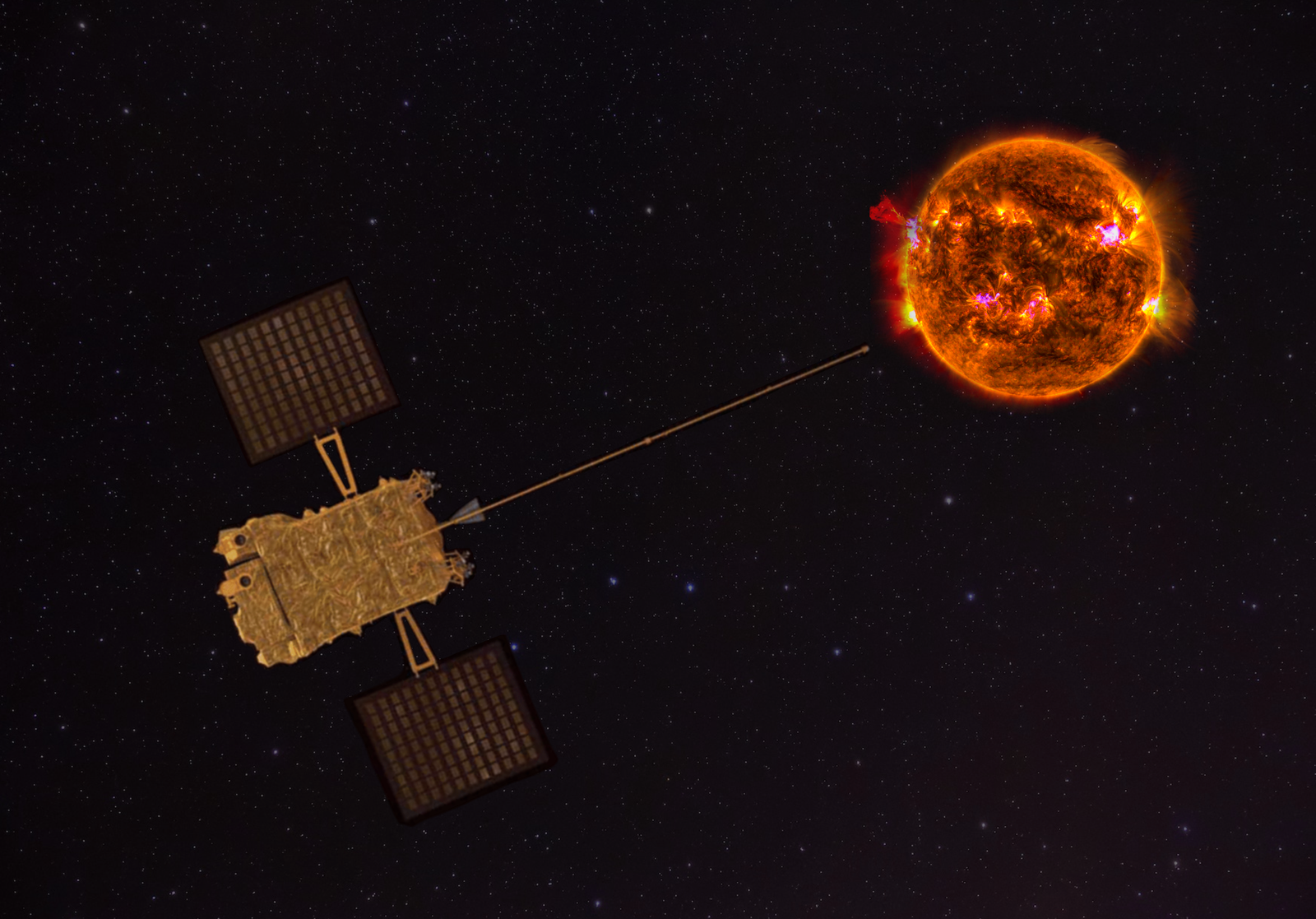

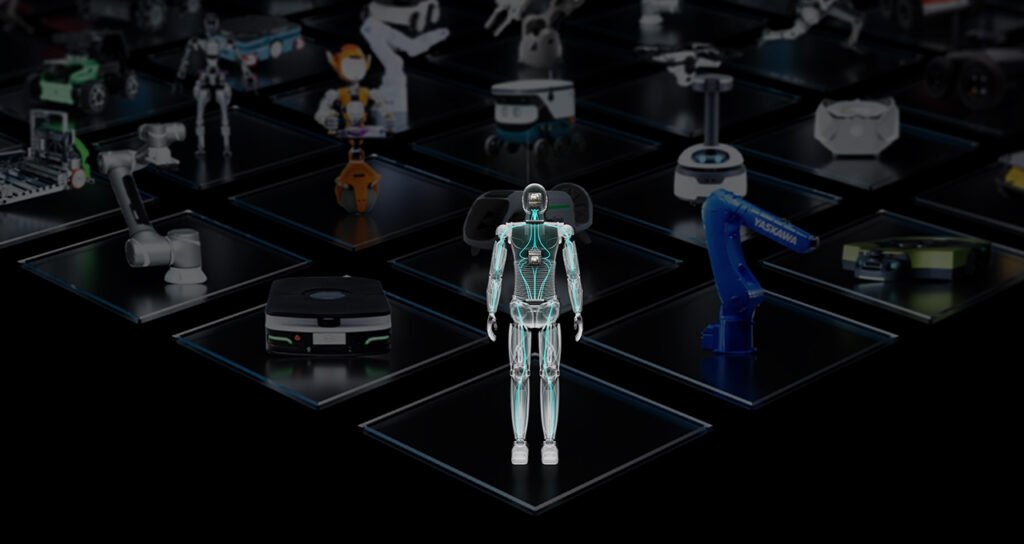

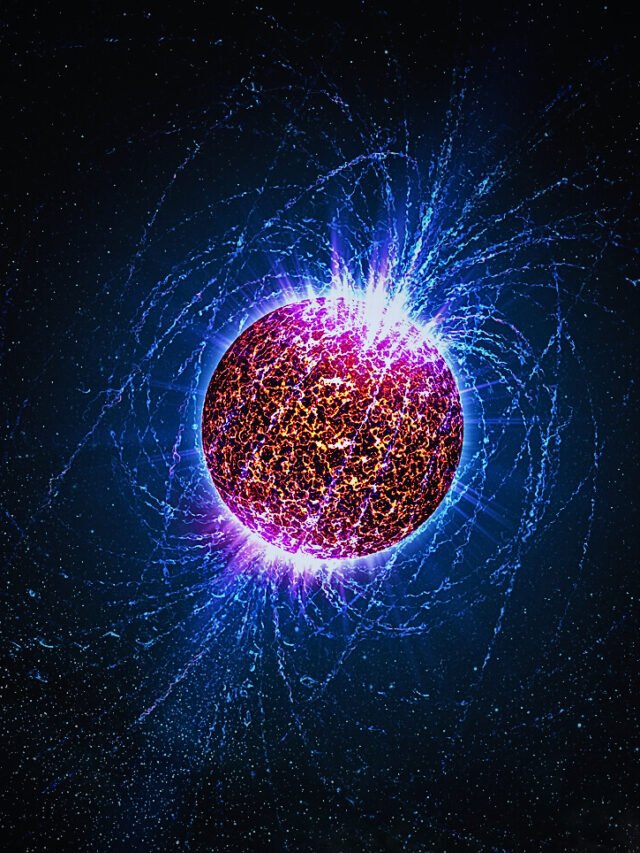
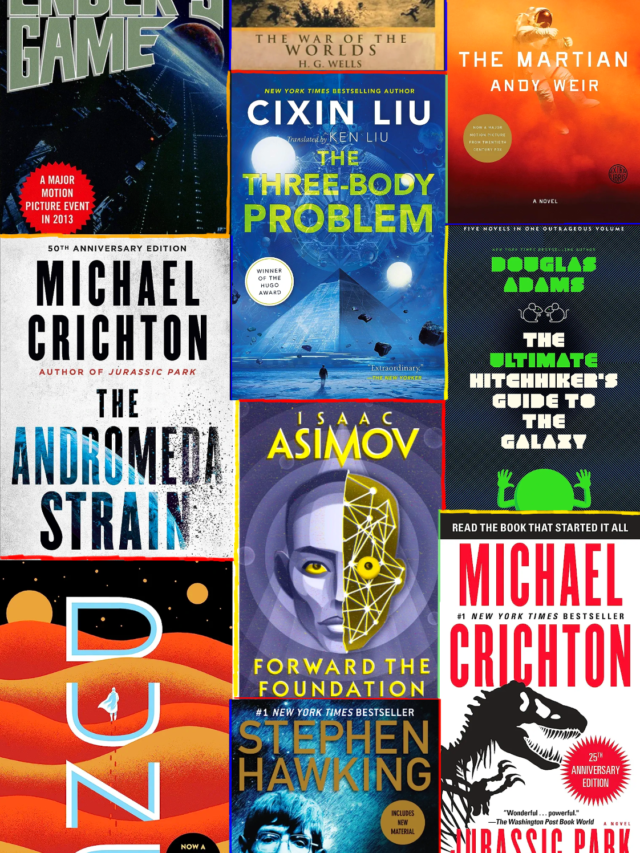
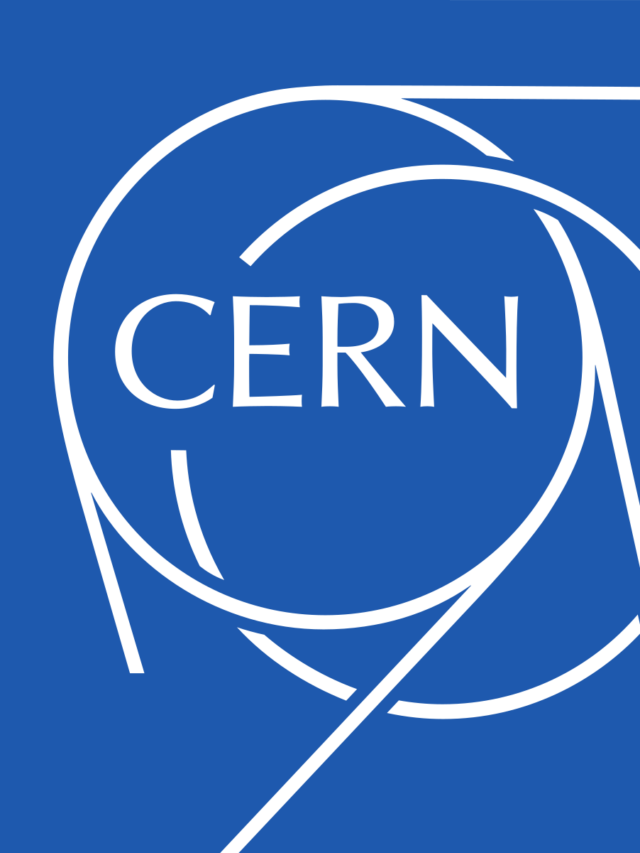
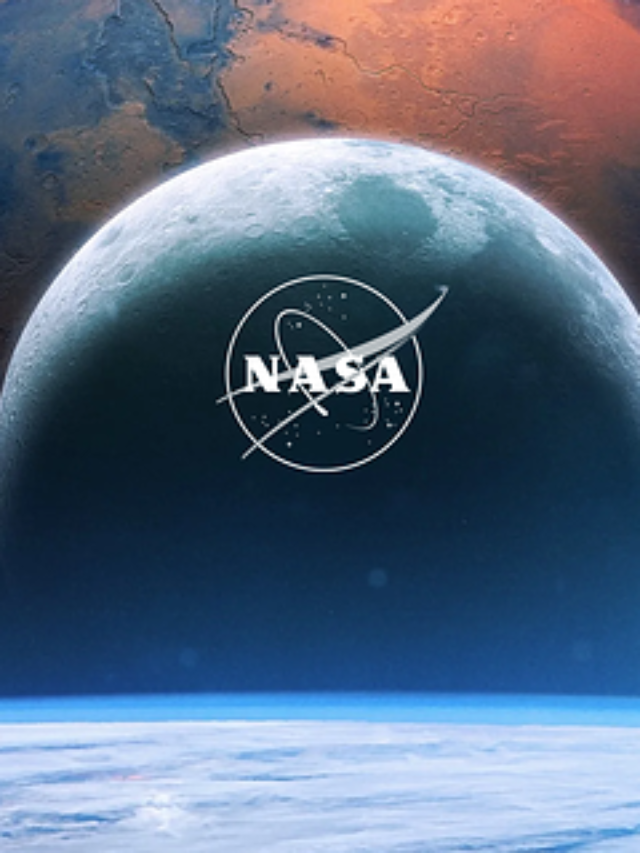
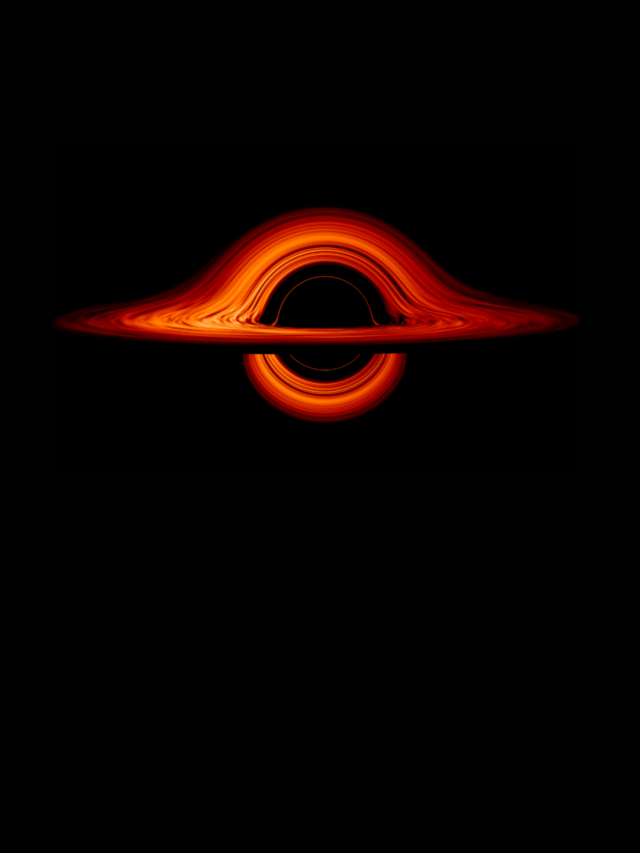
I simply could not leave your site prior to suggesting that I actually enjoyed the standard info an individual
provide to your visitors? Is gonna be back regularly to inspect new posts